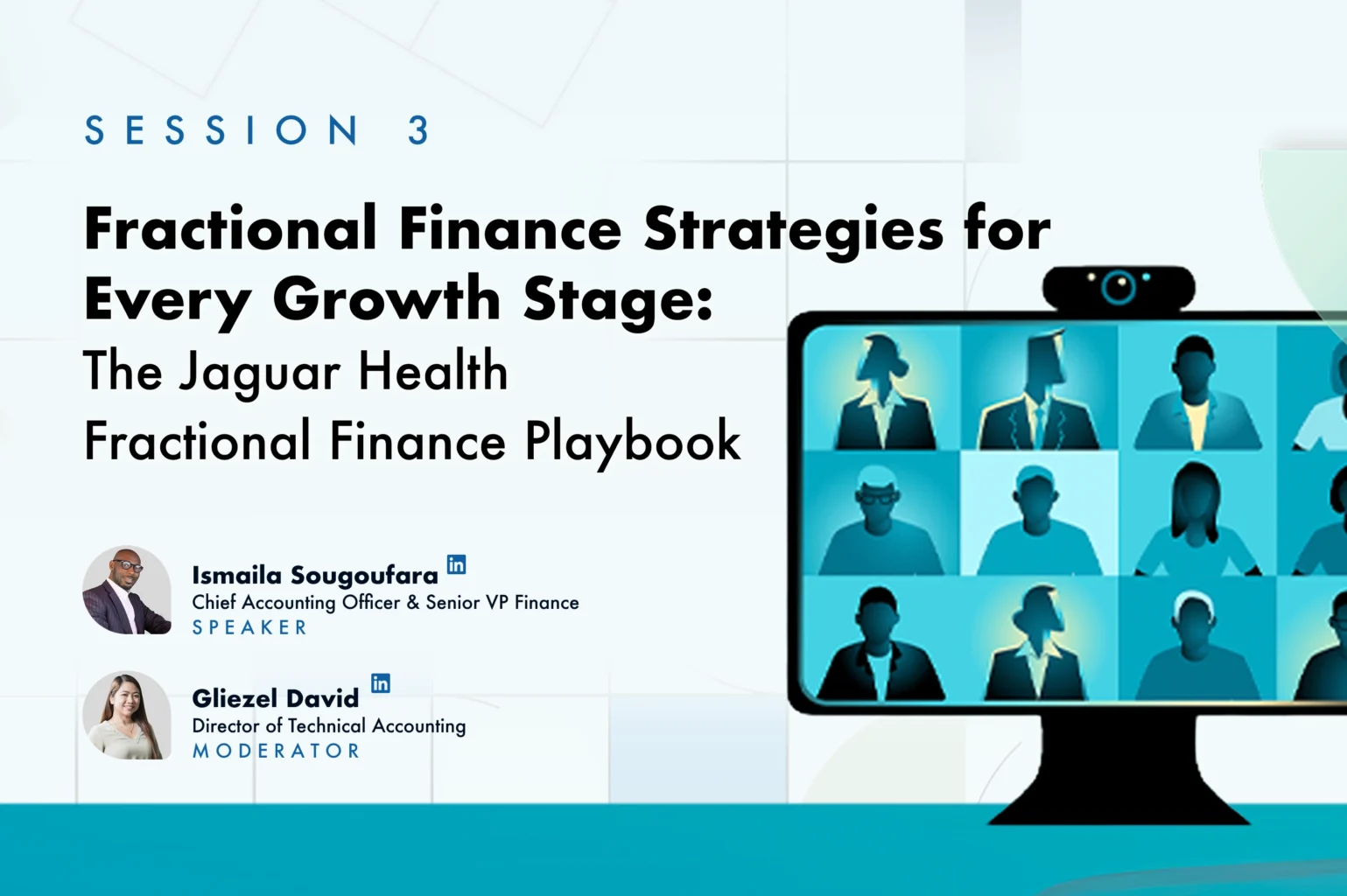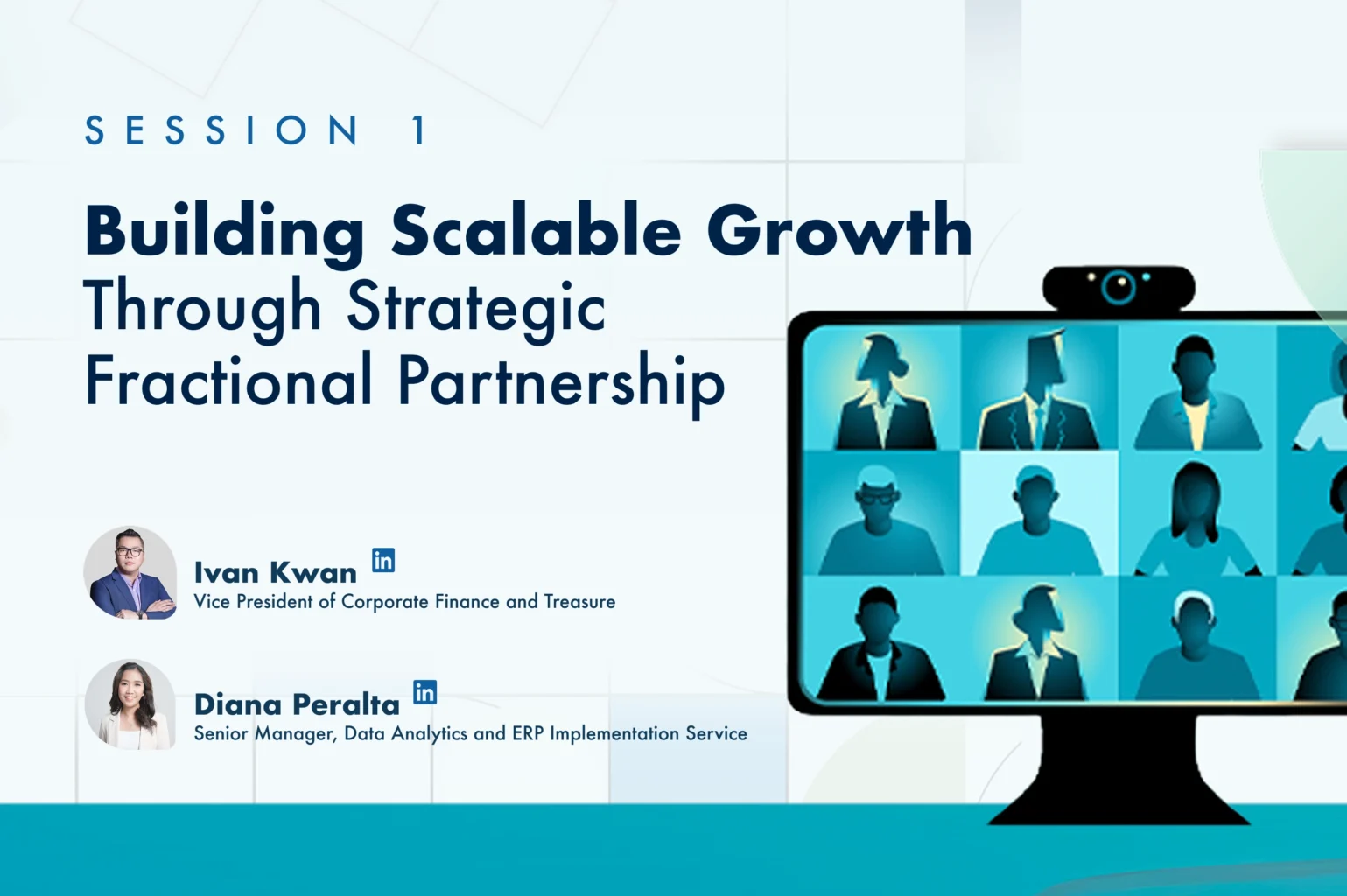At Scrubbed, we have extensive experience helping SaaS businesses achieve financial success. We’ve combined our knowledge and best practices into a clear and actionable 6-part series designed to maximize your profitability.
This first installment focuses on effective revenue optimization strategies specifically tailored for SaaS businesses.
Looking for Expert Accounting And Finance Support For Your SaaS Business? Click here!
Optimizing your revenue demands a strategic, data-driven approach that aligns your financial realities with your customers’ needs. Carefully calibrating pricing models, leveraging upselling and cross-selling opportunities, and fostering long-term customer relationships can help your business unlock sustainable growth.
1.Set the Right Price
By taking a two-pronged approach that leverages both data-driven insights and customer-centric perspectives, you can establish a pricing structure that maximizes profitability, promotes customer retention, and aligns with your overall business goals. Taking these steps will help you:
- Harness the power of data
Unlock the value of data by analyzing key metrics like customer acquisition cost (CAC), churn rate, and gross margin. These figures provide essential insights into your company’s profitability and customer behavior.For instance, analyzing CAC helps determine the price points you need to achieve profitability. The churn rate indicates the potential value lost through customer attrition so that you can adjust pricing to improve retention. Gross margin reveals your cost-to-value proposition, helping you ensure that pricing structures remain sustainable.
Examining future revenue projections allows you to craft tiered pricing options that cater to various customer segments and growth plans. - Validate your pricing structure
Accounting data can also help you compare and validate pricing structures like tiered vs. per-user models. By looking at the revenue generated, customer acquisition costs, and churn rates for each model, you can identify the most profitable option for your business and ensure that pricing aligns with overall business goals. - Gain customer-centric insights
While accounting provides data-driven insights into pricing impacts, your sales and marketing teams can offer customer-centric perspectives. Close collaboration between accounting, sales, and marketing is crucial to ensure pricing decisions balance financial viability and customer value.
2. Take a Win-Win Approach to Upselling and Cross-Selling
Done right, upselling and cross-selling can amplify recurring revenue by encouraging feature upgrades and product additions. However, these tactics should always focus on providing genuine value to customers. Aggressive upselling without an in-depth understanding of your customers’ needs and behaviors can create friction and damage customer loyalty.
Some best practices to help you measure and improve the ROI of upselling and cross-selling initiatives include:
Measure and attribute accurately:
- Define key metrics: Track essential metrics like revenue generated, average order value increase, customer lifetime value (CLV) increase, and retention rates. These objectively measure the impact of your strategies.
- Attribution modeling: Track customer interactions across various touchpoints (e.g., website, email) to accurately understand how upselling/cross-selling contributes to overall sales and profitability.
Segment and personalize:
- Customer segmentation: Group customers based on their buying habits, preferences, and demographics. This allows for targeted marketing and personalized upselling/cross-selling offers, potentially maximizing ROI for each group.
- Customer Lifetime Value Calculation (CLTV): Compare the CLTV of customers who respond positively to these tactics with those who don’t. This quantifies the additional revenue generated from upselling and cross-selling over the customer’s lifecycle.
Allocate costs and analyze timeframes:
- Cost allocation: Accurately allocate costs associated with upselling/cross-selling (e.g., marketing campaigns, sales commissions, product development) to determine their true profitability.
- Timeframe analysis: Analyze ROI over different timeframes (short-term and long-term) to understand the combined impact on revenue and profitability. This helps identify trends and determine the optimal frequency and timing of these activities.
Integrate and monitor for continuous improvement:
- System integration: Integrate CRM and accounting systems to streamline data collection and reporting. This allows for easy tracking of sales transactions, customer interactions, and financial metrics.
- Continuous monitoring: Assess the performance of these initiatives based on the defined metrics. Regularly review data and adjust your strategies based on insights and customer feedback for optimal results.
Successful upselling and cross-selling go beyond just selling more. By focusing on building trust, offering compelling value propositions, and tailoring your approach to different customer segments, you can create a win-win situation for your business and your customers.
3. Cultivating Customer Loyalty
Understanding customer lifetime value (CLTV) is essential to optimizing your revenue. This metric, accurately calculated through data analysis, reveals the total revenue generated by a customer over their relationship with your business.
You can implement several strategies to improve CLTV, focusing on understanding customer behavior, implementing targeted retention efforts, and optimizing the customer experience.
Uncover customer insights
- Churn analysis: Identify why customers leave and the financial impact. Use this data to address common issues and decrease churn, boosting CLTV. Accounting systems can track churn rates and costs for informed decision-making.
- Customer segmentation: Segmenting customer groups allows you to tailor retention efforts, focusing on high-value customers.
Implement targeted retention programs
- Track subscription metrics: Monitor key metrics like churn rate, renewal rate, and customer engagement to identify trends and optimize retention strategies. Accounting software can track these metrics over time, providing valuable CLTV optimization insights.
- Offer retention incentives: Discounts and attractive offers can encourage customers to renew subscriptions or commit to longer terms, potentially increasing their lifetime value.
- Invest in customer success programs: Proactively address customer needs, improve satisfaction, and reduce churn by investing in customer success programs.
Optimize the customer experience
- Provide flexible billing and payment options: Simplify subscription renewal by offering various billing and payment options. Automated billing processes can reveal payment behavior insights, allowing you to optimize renewal experiences.
- Analyze customer feedback: Actively analyze feedback and support interactions to identify areas for improvement and proactively address customer concerns.
- Implement lifecycle marketing: Engage customers with targeted marketing campaigns at different stages of their journey. This fosters loyalty and potentially increases CLTV.
You should remember that these strategies can also affect financial metrics like deferred revenue and future recognition, requiring careful planning and accounting expertise.
4. Staying in Tune with the Market
The SaaS industry is a vibrant ecosystem in constant motion. Staying ahead of the curve is crucial for success, so you need to consider embracing innovative tools and cutting-edge methodologies. Here’s how:
Leverage AI-powered analytics to
- Predict customer churn: Proactively identify at-risk customers and implement targeted retention strategies.
- Optimize pricing structures: Gain data-driven insights to optimize your pricing models for maximum profitability and customer value.
- Tailor customer interactions: Personalize the customer experience by understanding individual needs and preferences.
Stay current with evolving accounting standards
- Accurate financial reporting: Ensure the accuracy of your financial statements for confident decision-making and investor trust.
- Strategic decision-making: Use reliable financial data to make informed strategic decisions that support long-term growth.
SaaS businesses can improve revenue optimization by focusing on key elements like data-driven pricing, targeted upselling/cross-selling, and customer loyalty strategies. Success in this area often involves balancing financial goals with a focus on customer needs. Using data insights effectively is crucial for guiding pricing decisions and creating a sustainable growth strategy.
How Scrubbed Can Help With Revenue Optimization
SaaS businesses like yours turn to Scrubbed for accurate, high-quality accounting and finance services that enable them to plan, forecast, reduce risk, and grow. Our outsourced accounting team is highly experienced in helping SaaS companies navigate the complexities of SaaS revenue and expense recognition, produce financials that satisfy investors and lenders, and develop budgets and forecasts that help you plan with confidence. The Scrubbed Accounting Group, Technical Accounting Group, Tax Group, and Corporate Advisory Group work together to take on your accounting and finance challenges so that you can focus on your core business: developing and delivering robust software that meets your customers’ needs. Our expertise also includes ESG reporting services to help companies meet sustainability and compliance requirements, as well as biotech accounting services tailored to the unique financial and regulatory needs of the biotech industry.
Contact us to see how we can help optimize the revenue of your SaaS business.







